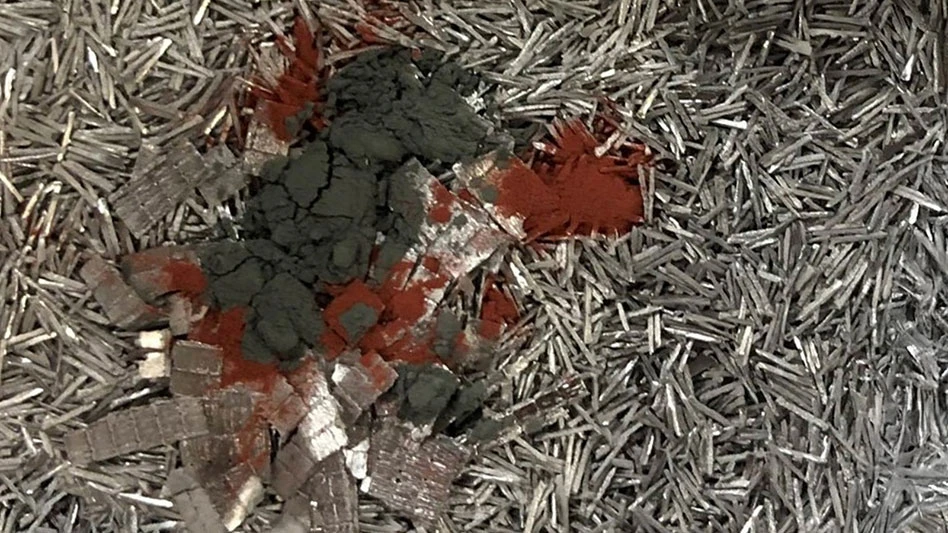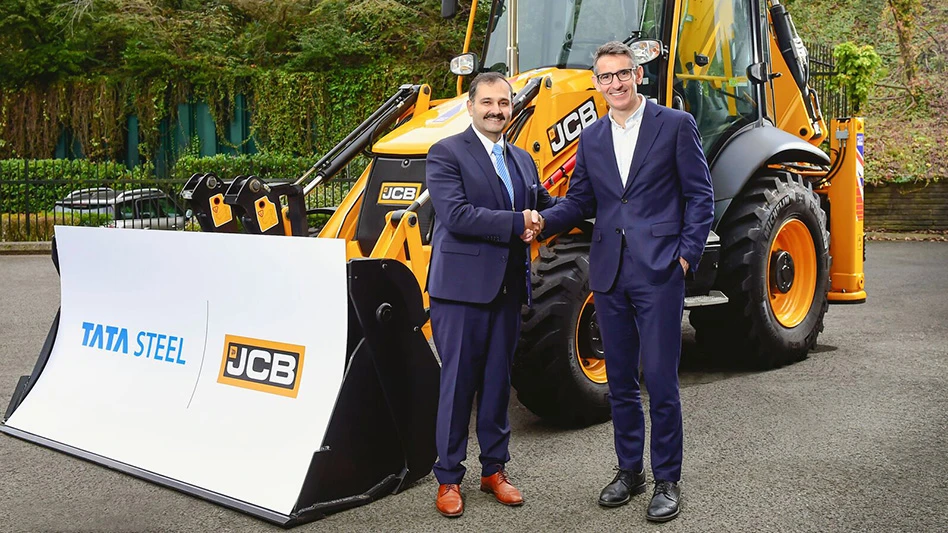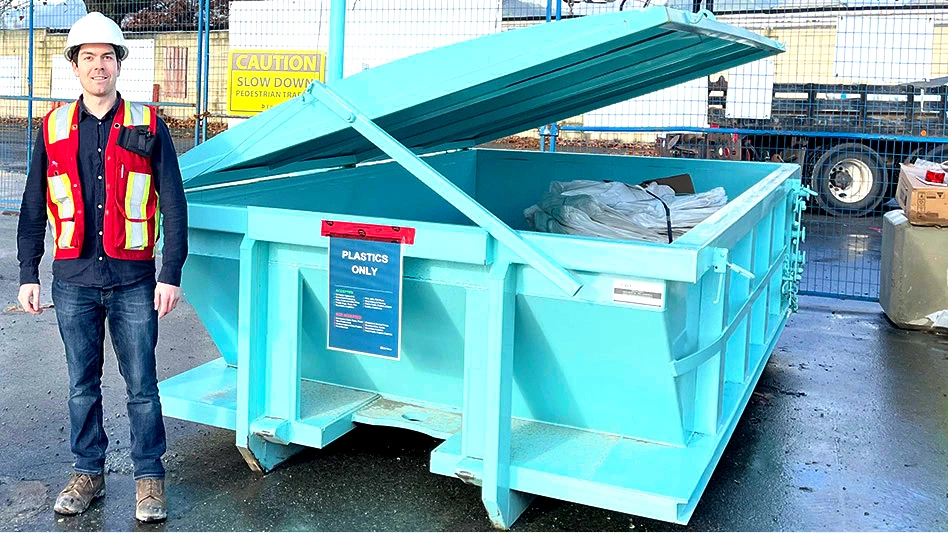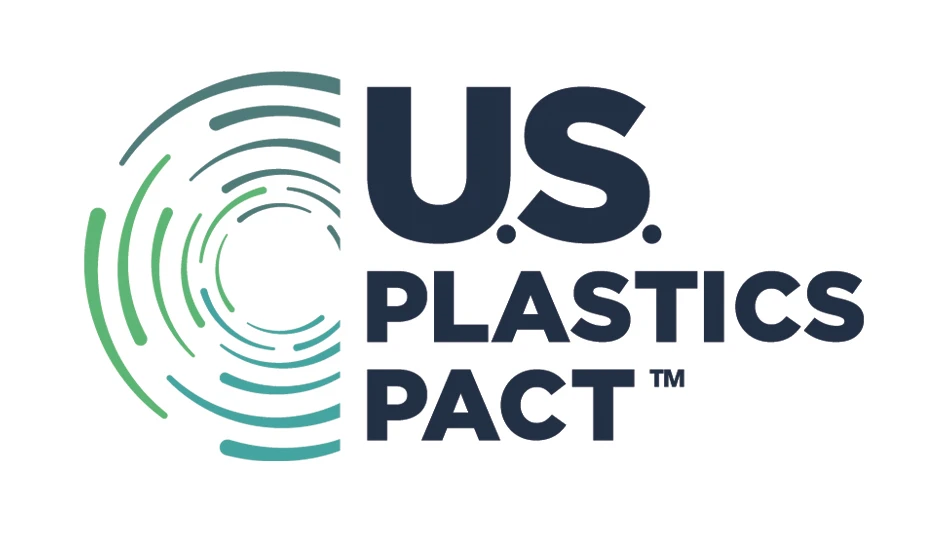 Material recovery facilities (MRFs) in the U.S. are all designed to produce marketable grades of recovered fiber. The managers of the MRF operated by the Solid Waste Authority of Palm Beach County (SWA), West Palm Beach, Florida, however, have gone beyond the word “marketable” to strive to produce some of the best bales in the business.
Material recovery facilities (MRFs) in the U.S. are all designed to produce marketable grades of recovered fiber. The managers of the MRF operated by the Solid Waste Authority of Palm Beach County (SWA), West Palm Beach, Florida, however, have gone beyond the word “marketable” to strive to produce some of the best bales in the business.
SWA worked in close cooperation with MRF designer RRT Design & Construction (RRT), Melville, New York, to equip and calibrate a MRF that features what the designers are calling a “paper cleaning system.”
In the first quarter of 2014, the SWA and RRT announced “the successful completion of a major upgrade” to the West Palm Beach MRF. With the paper cleaning system up and running, SWA says it can provide top-quality scrap paper to its domestic and overseas paper mill customers, despite the challenges of broken glass and fewer old newspapers (ONP) in the inbound stream.
Breaking bad
Broken glass resulting from the commingled collection of paper and glass bottles and jars has long been a source of complaints from recovered fiber buyers at paper mills.
According to RRT, glass and other fines are known to create mechanical problems and lead to higher operating costs for MRFs and paper mills. During the past 20 years, when mill companies decried single-stream collection and processing, they often pointed to glass inside paper bales as one of the factors.
In its district, the SWA has refrained from switching to the single-stream collection model. It uses smaller open-topped bins for single-family homes and larger carts with wheels and closed tops at multifamily locations. In both cases, it supplies a yellow bin for paper and a blue bin for metal, plastic and glass containers.
RRT says the SWA received feedback from its paper mill customers that even though its program is not single-stream, the presence of glass was significant enough to merit attention. Despite the dual-stream collection model, commodities still can become inadvertently commingled, so the SWA opted to upgrade its MRF to address that reality.
In response to the feedback from mill customers, some of whom have a 20-year working relationship with the SWA, the authority engaged RRT to design a high-capacity system to remove broken glass and other fines from all of its ONP and mixed paper grades.
The system needed to be high capacity because the West Palm Beach MRF is one of the largest municipally owned MRFs in the U.S., processing more than 100,000 tons per year of residential recyclables.
|
A topic of conversation Recyclers of paper, plastics and commingled materials will have a chance to hear several viewpoints on the status of material recovery facility (MRF) operations during a session at the 2014 Paper & Plastics Recycling Conference, Oct. 8-10 in downtown Chicago. A session titled “Coping with changing requirements for MRFs” takes place Friday, Oct. 10, from 8:30 to 10 a.m. At the session, sponsored by GP Harmon Recycling, owners and operators of and a supplier to single-stream MRFs discuss the continuous adjustments they make to their systems to maximize output while also ensuring the quality of secondary commodities. Panelists discuss the challenges of handling multiple paper grades, several different types of plastic, aluminum cans and other materials under one roof. The challenge of selecting the right equipment to maximize processing efficiency also is discussed. Jonathan Sloan of Canusa Hershman Recycling, Branford, Connecticut, moderates the session. Recyclers seeking a European perspective on operations can attend the 2014 Paper Recycling Conference Europe Oct. 29-20 in Milan. A session set for Oct. 29 at 2 p.m. focuses on “Recycling plant operations,” with panel members discussing changing materials streams, emerging collection systems in Europe and worldwide quality requirements. More information about both conferences can be found at www.RecyclingTodayEvents.com. |
According to David Weitzman, vice president of communications at RRT, the SWA MRF has benefitted initially from lower operating costs as the result of such an upgrade. In terms of additional benefits to the MRF, Weitzman lists “longer life of components and better pricing and markets for the ONP.”
Weitzman also says broken glass traveling through MRF screening machinery creates considerable noise pollution, which has been lessened as a result of the processing system upgrades.
The glass and other fines recovered, on the other hand, have limited end market opportunities, with landfill cover being a common end product. But the volume of the glass and fines, it turns out, is considerable. A 20-yard roll-off container with more than 10 tons of glass and other fines (These can include small pieces of food, organics, plastics and metals.) is removed for every eight hours of operating time at the West Palm Beach MRF, according to RRT.
A trommel reduces trouble
The device capturing and diverting the contaminants—and keeping the paper clean—is a time-tested trommel screen.
Trommel screens have been used in MRF sorting applications for nearly as long as MRFs have been operating. In some MRF configurations, the trommel screen has lost favor because of its large footprint and the eagerness of MRF operators to try new technology.
RRT did not have to seek out emerging technology providers to locate the right trommel, says Weitzman, who says the devices “have worked in [the recycling sector] for years.” Common applications, he says, have included those in the composting and construction and demolition (C&D) sectors and at mixed waste processing facilities.
But RRT and the SWA say a properly configured trommel screen is helping result in fiber that is 99.75 percent free of glass. RRT terms this “a remarkable accomplishment and indicative of more ‘paper cleaning’ efforts expected in the future for the industry.”
RRT’s Weitzman says the physics of the trommel screen make it ideally suited for the task of glass removal. “The agitation and g-force created by a trommel is far more effective [compared with other screens] to liberate the glass from the paper and have it fall though the openings at a very high throughput rate.”
Weitzman says he is not certain whether the trommel screen is enjoying a revival or whether it has simply been unappreciated for the past several years.
“Trommels have always enjoyed success when used in the MRF environment,” he comments. “However, when equipment manufacturers want to ‘message’ their story around disc screens, because that is what they manufacture, the noise level is too high to hear the benefits of trommels and other equipment in the industry.”
He also says trommel screens tend to cost more than disc screens, giving some operators another reason to avoid them.
Jim Greer, manager of the SWA, says the results have been exactly what the SWA was seeking. “The authority is very pleased with the results of this project and its ability to ensure the ongoing quality of the fiber we sell,” Greer says. “We are very pleased with RRT’s services and the performance of the system, which is removing more than 99 percent of the fines in our paper stream prior to baling.”
RRT President Nathiel Egosi says the paper cleaning configuration can be applied at any MRF that makes producing clean scrap paper bales a priority. “Paper cleaning has become a critical area of our focus to help improve and sustain industry performance,” he remarks.
“This system is another successful example of RRT’s unique abilities and expertise to find solutions for our clients and manage projects to a successful conclusion,” he says.
Egosi cites the shrinkage of ONP in the market and a heightened focus on quality by domestic and overseas buyers as reasons why the SWA authorized the “critical fiber processing improvements” that may be desirable to other MRF operators.
The author is editor of Recycling Today and can be contacted at btaylor@gie.net.

Explore the October 2014 Issue
Check out more from this issue and find your next story to read.
Latest from Recycling Today
- Sonoco selling thermoformed, flexible packaging business to Toppan for $1.8B
- ReMA offers Superfund informational reports
- Hyster-Yale commits to US production
- STG selects SolarPanelRecycling.com as exclusive recycling partner
- Toyota receives $4.5M to support a circular domestic supply chain for EV batteries
- Greyparrot reports 2024 recycling trends
- Republic Services opens Colorado hauling facility
- ABTC awarded $144M DOE grant





